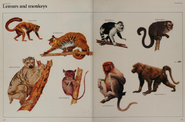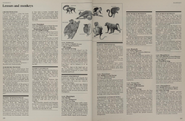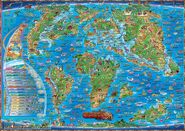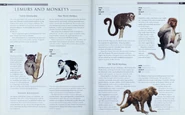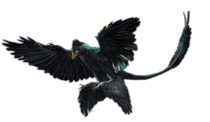
| Branisella Temporal range: Late Oligocene | |
|---|---|

| |
| An artist's illustration of Branisella boliviana | |
| Scientific classification | |
| Kingdom: | Animalia |
| Phylum: | Chordata |
| Class: | Mammalia |
| Order: | Primates |
| Parvorder: | Platyrrhini |
| Family: | incertae sedis |
| Genus: | †Branisella |
| Species: | †B. boliviana |
| Binomial name | |
| Branisella boliviana Hoffstetter, 1969 | |
Branisella is an extinct genus of New World monkey from the Salla Formation of what is now Bolivia during the late Oligocene, approximately 26 million years ago. It is the oldest fossil New World Monkey discovered.
It was found in Bolivia by the paleontologist Leonardo Branisa, and it was named after him by Hoffstetter, the scientist who first described and classified it in 1969. Morphologically, it is similar to Proteopithecus, an Oligocene primate from Africa, in its reduced upper second premolar and unreduced lower second premolar. This has led many scientists to hypothesize that the primitive platyrrhine ancestors of Branisella came to South America from Africa. Other features, however, suggest that it may have been related to the omomyids, an extinct group of tarsier-like primates found in North America, among other places. This animal is the oldest known new world monkey. It belonged to a branch of the family, but that may have given rise to several other groups of species. Branisella was a really great tree climber, and it is possible that it could grasp branches with their tails. The thumb seems to have been weak, and perhaps had to stay on the diet with both hands. Latter species in South America became even smoother and had longer tails.
